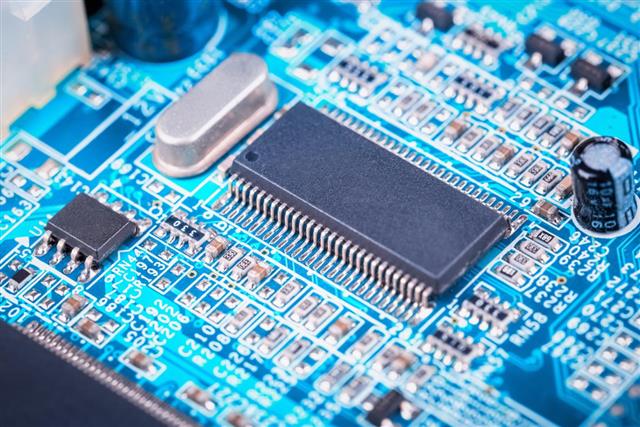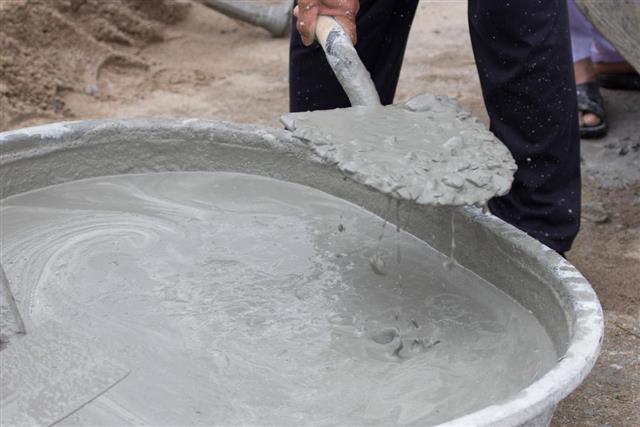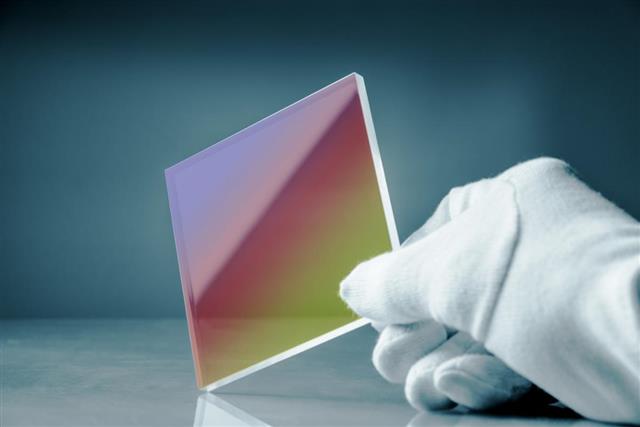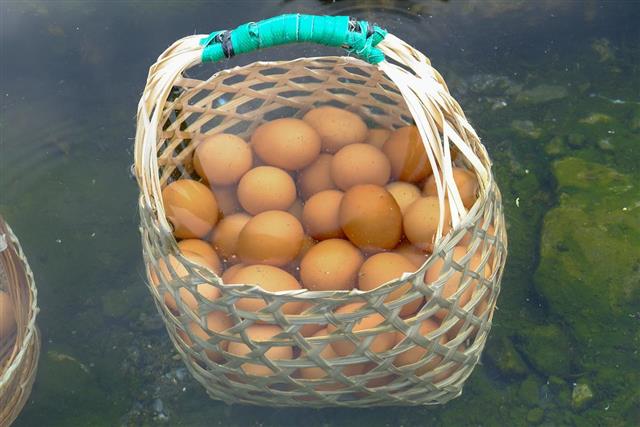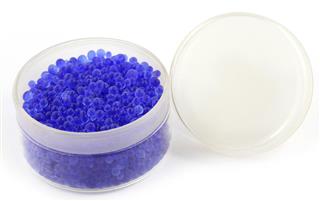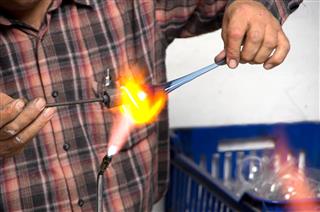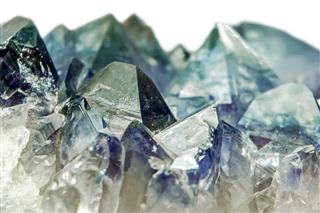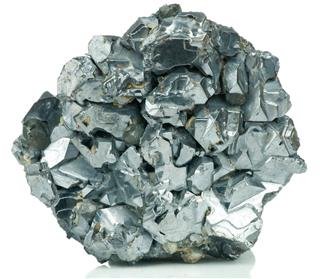
There are a lot of silicon dioxide uses that we may not be aware of. Right from everyday applications, to heavy duty industrial ones, this silicon form has many uses, some of which have been touched upon in this article.
Silicon (Si) is an element that does not exist in its original form. In order to exist, it always needs the assistance of another element. For instance, even the most abundantly found form of silicon is silicon dioxide (SiO2). If you want to have a look at it, just visit any area that has a lot of sand. Yes, silicon dioxide is most commonly found as sand. Apart from sand, it is also found in its quartz form and also as diatoms. These are the naturally occurring forms. There are various forms of silicon dioxide, or silica, as it is commonly referred to, like silica gel, silicic acid (hydrated silica used in toothpastes to remove plaque from teeth), etc. that are synthetically manufactured. The various forms of silicon dioxide have various uses. This ScienceStruck article gives you information about some of the uses of silica.
Glass
When silica is heated long enough and hot enough, even without any other external factors, it turns into glass all on its own. This property of turning itself into glass is honed and used to make different types of glass objects.
Food
Using silicon dioxide in food helps in many ways. The main use is the health it renders to our bones and joints. Regular intake of silicon dioxide is helpful in maintaining the strength and density of bones, thus reducing the risk of diseases like arthritis and osteoarthritis.
Ceramics
Since silica is found in sand form, its use in the ceramics industry is quite obvious. Silica is one of the main constituents of ceramic glaze that is produced. Without silica, the other ingredients would not be able to bind themselves because silica is the one that when heated forms glass. This is what keeps the other ingredients together. However, only melted silica has no real use by itself.
Telecommunication
In the world of telecommunication, use of silica is made in the form of optical fibers prepared using silica based glass. These fibers have a high level of heat conductivity, plus, they can withstand a lot of high optical damage before they are rendered useless. This gives it a low rate of transmission loss and more and more ways of using and improving such silica based fiber optics are being devised.
Cement
We’re all aware that silica is found in sand form. This form of the element is very useful in the production of cement, which is used in the construction of infrastructure.
Micro-electronics
Silica is used in its purest form in the manufacture of electronics, especially micro-electronics. Chips are prepared and embedded in electronics to monitor and regulate the level of electrical activity within the electronic item. Such regulation is important so that the item is protected from damage.
DNA Extraction
Silica is also very useful in scientific laboratories. It has binding properties which help to isolate the strands of DNA, but in the presence of charotropic agents. A charotropic agent, also known as a denaturating agent is a substance which assists in the process of disturbing the structure of the DNA, thus making them identifiable and available for study.
Drying Agent
Among the various forms of silica, its gel is the one that is most widely used for protection against moisture and humidity. Silica gel, made from sodium silicate, using a synthetic production method is one of the most permeable substances that can be used to safely protect almost anything from foodstuffs to jewelry to even musical instruments and paper. It not only protects it from moisture in the air, but also from mold.
The ones mentioned above are by no means the only uses of silicon dioxide. There may be many more that may not have a mention here. We have made an attempt to explain to you the ones that we knew of. So, if you have more inputs, they are more than welcome.

